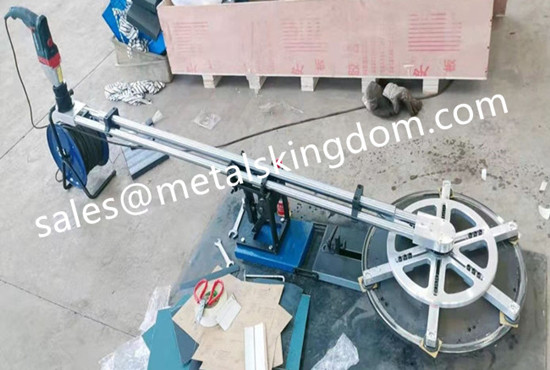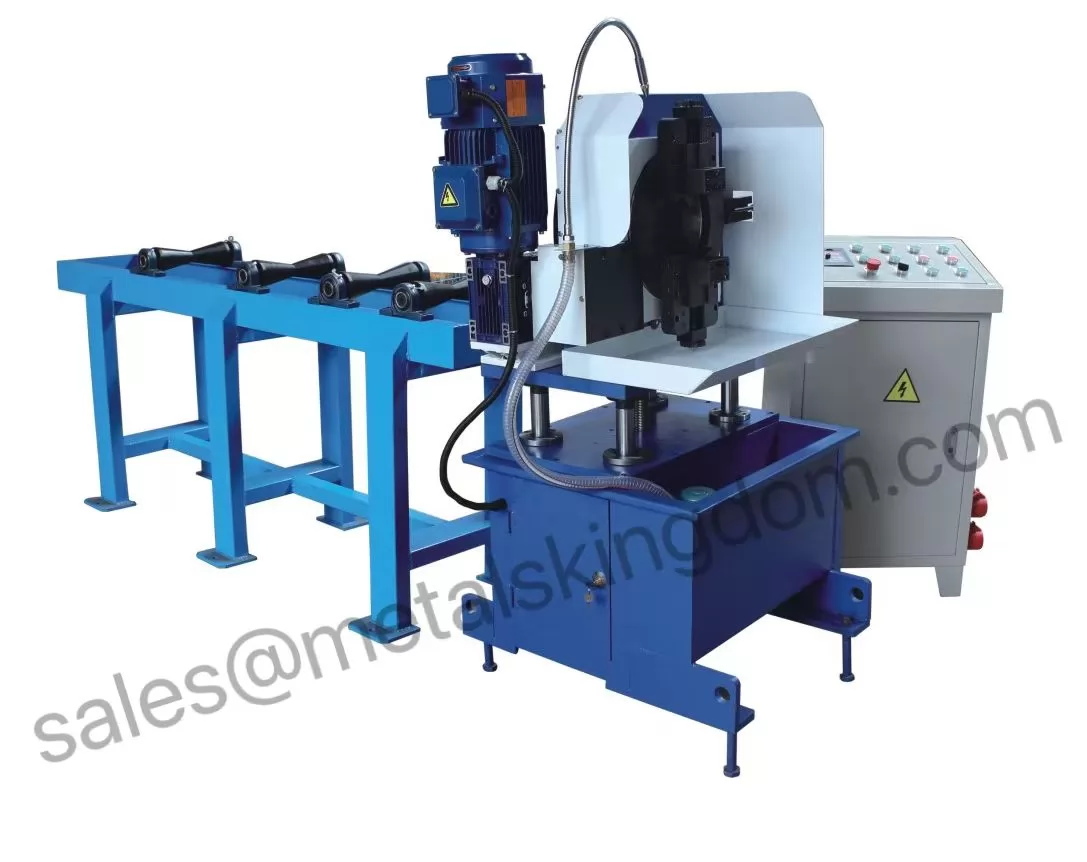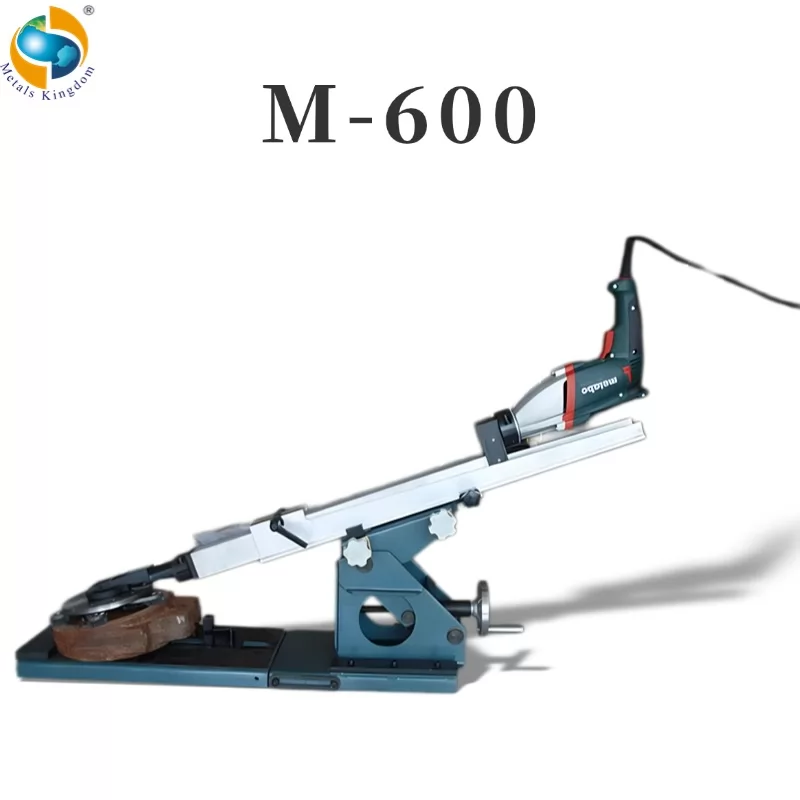Have you ever gone crazy trying to get rid of grinding chatter? This problem is especially annoying because it can be tricky to isolate the cause and the solution. When chatter occurs, it's typically not as evident as other issues like discoloration on the part due to grinding burn. Chatter usually shows up when you're inspecting your parts, so it can be a real productivity killer that has to be fixed. Here's my list of possible causes of grinding chatter and how to resolve them, in order of what should be checked first.

Grinding Cut Too Heavy
Slow down your infeed amount so the machine is taking a lighter cut. Or, if you're traverse grinding, slow down your traverse fee. This will allow your wheel to cut more freely and prevent any possible vibration or bouncing.
Wheel Too Hard
Try using a softer wheel, or make the wheel act softer. To make the wheel act softer you can increase the work spindle, decrease wheel spindle, increase wheel infeed, decrease wheel diameter, or decrease coolant lubricity. I would try these one at a time to see which one solves your issue.
Adjusting Dress Feeds
Try adjusting your dress feeds. Adjusting your dress feed it can allow your wheel to cut more freely with a faster feed. The drawback is that the faster you dress the higher your surface finish will be. You'll have to play with this to find that happy medium for the part you're grinding.
Grinding Fluid
Try enriching your grinding fluid. We usually run our coolant at 7%. Try using a higher percentage of coolant to see if that helps.
Slender Work Unsupported
If you're grinding slender work make sure you're using a steady rest that's suitable for the workpiece you're grinding.
Machine Vibration
There are a few things to check when troubleshooting machine vibration:
Make sure you don't have any vibration coming from your machine. A lot of times you can get vibration because your leveling screws have become loose, or components have been left loose due to setup.
Inspect your belts to make sure you have the right belt tension and to make sure there are no defects in the belts that would cause vibration.
Check to make sure your wheel is not out of balance or cracked. If you have an auto balancer this is easy, but if you don't make sure you take your wheel out of your machine and check the balance of your wheel. Also inspect it for cracks while you have it out. Replace the wheel if it has any defects in it.
Make sure everything is tight that might cause a vibration.
As you become accustomed to checking for these variables and performing troubleshooting, you'll gain an instinctive knowledge for preventing grinding chatter. The next time it happens you'll know exactly what to look for.
We are a portable valve grinding and lapping machine supplier. Please feel free to contact us if you need them!












